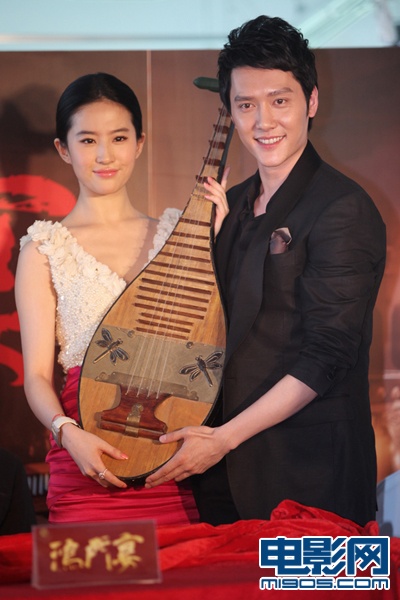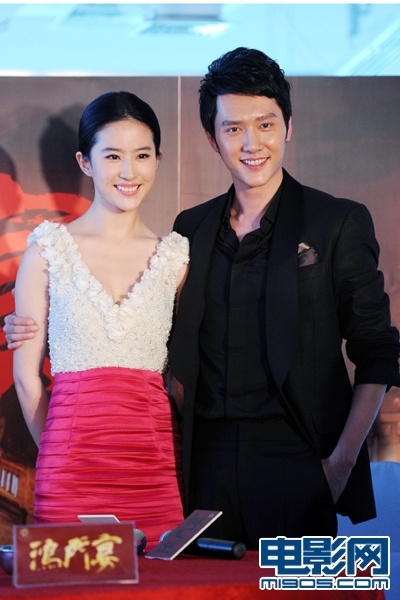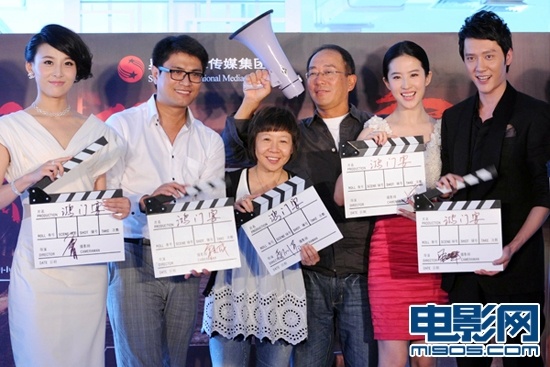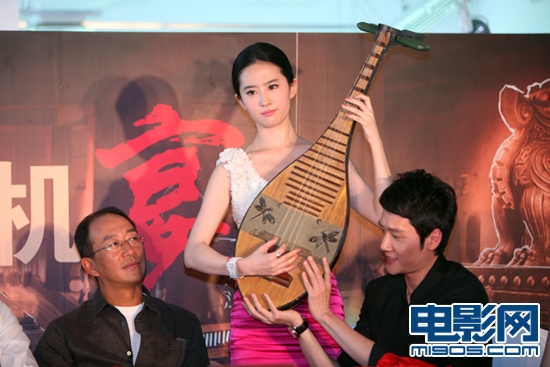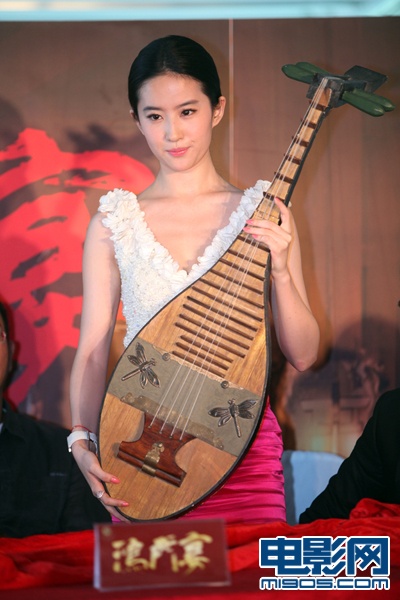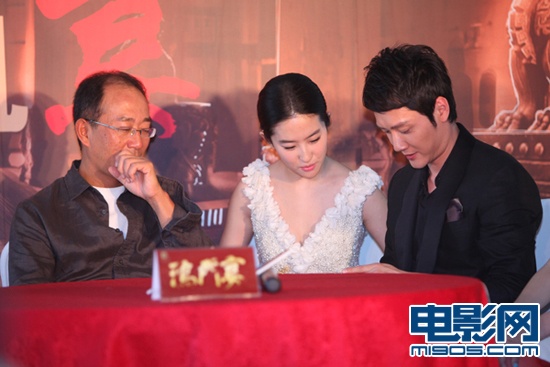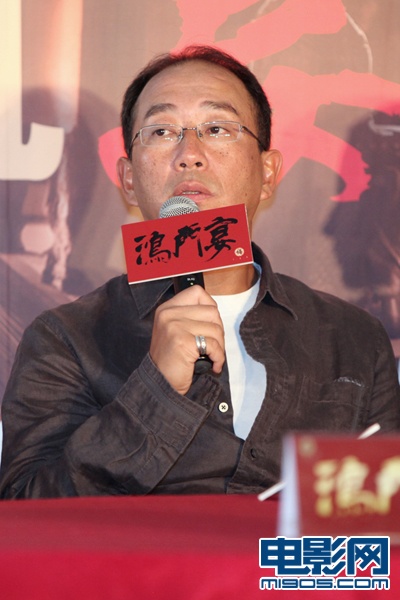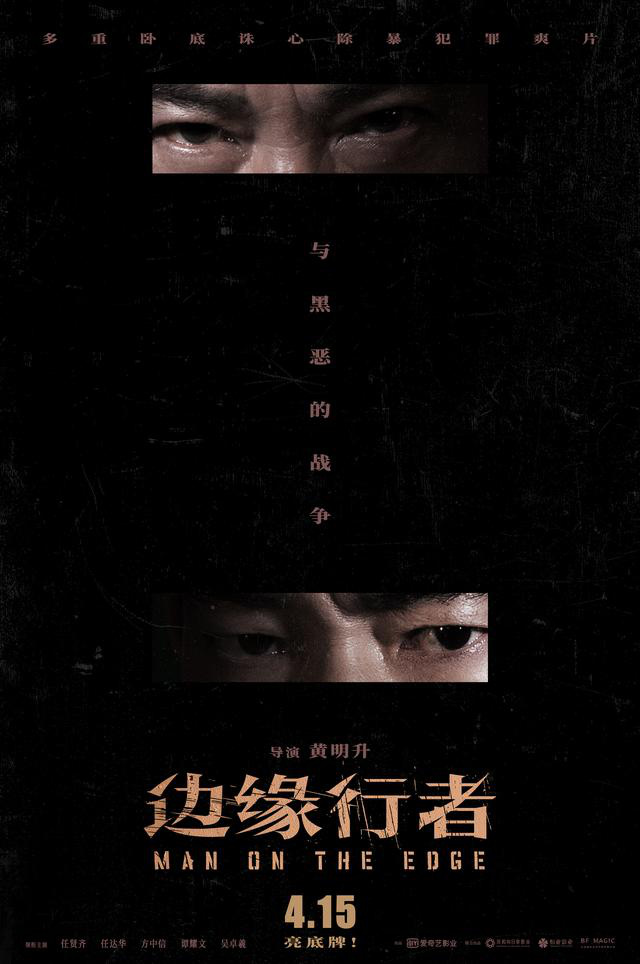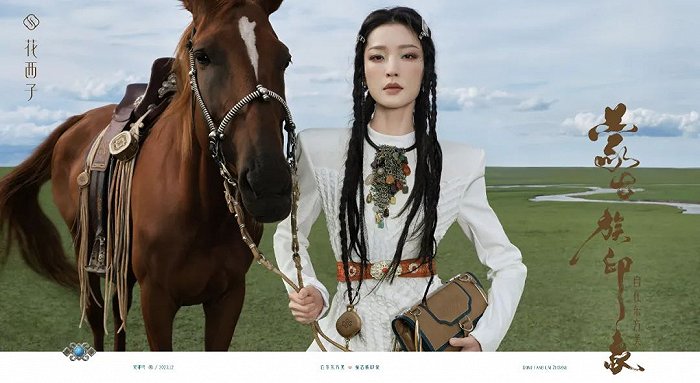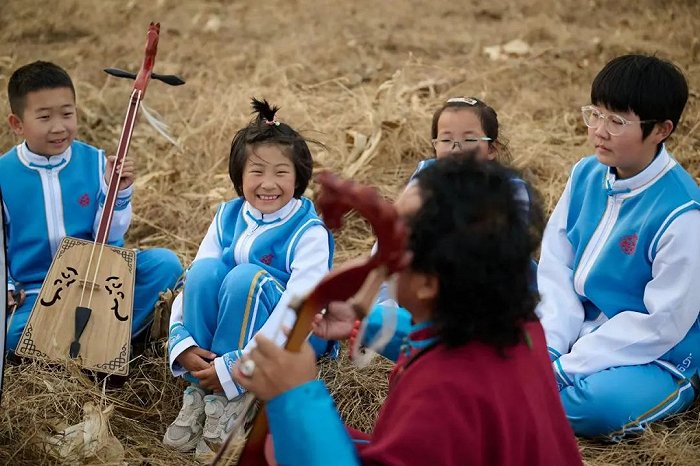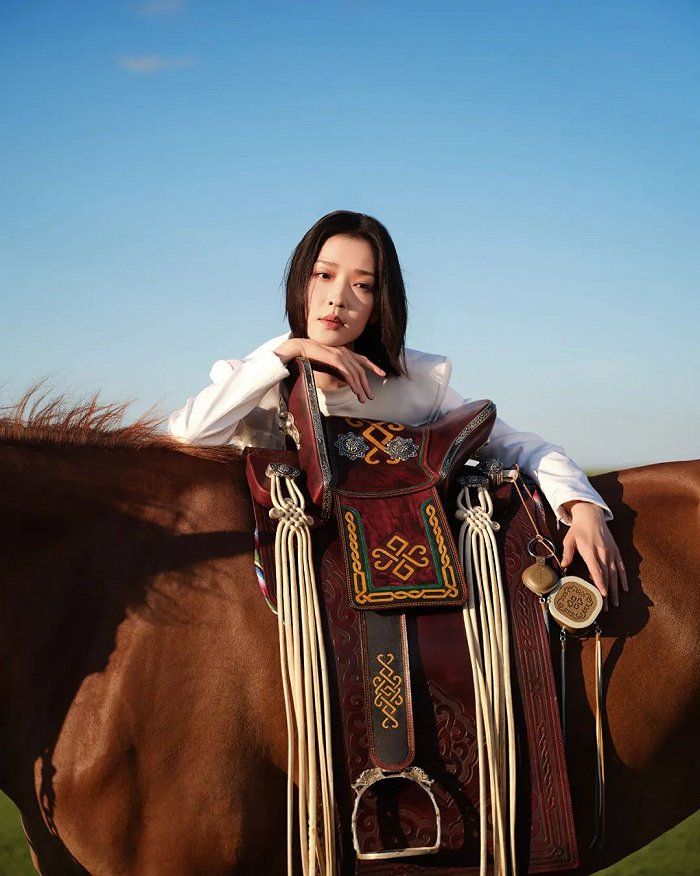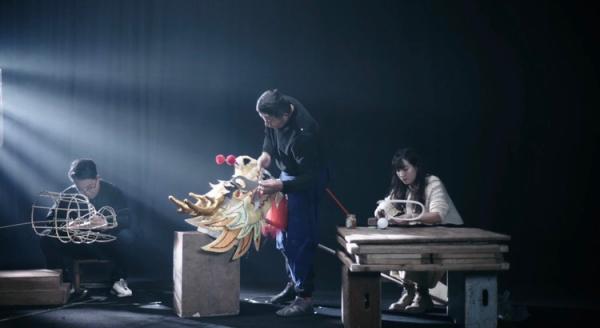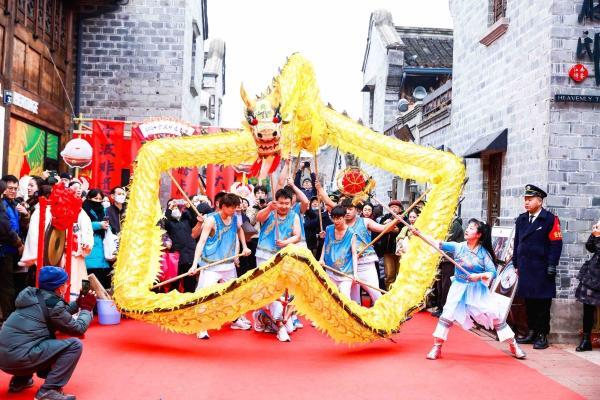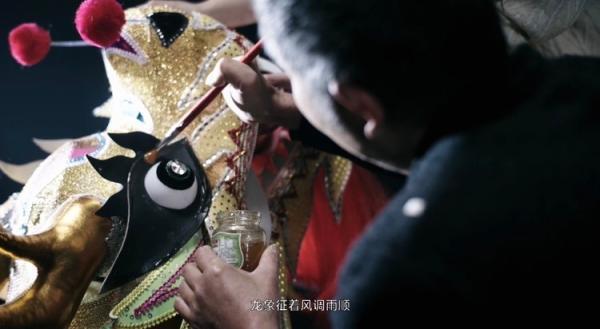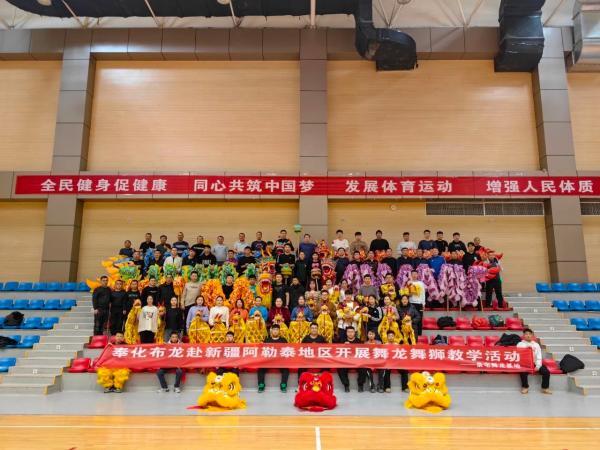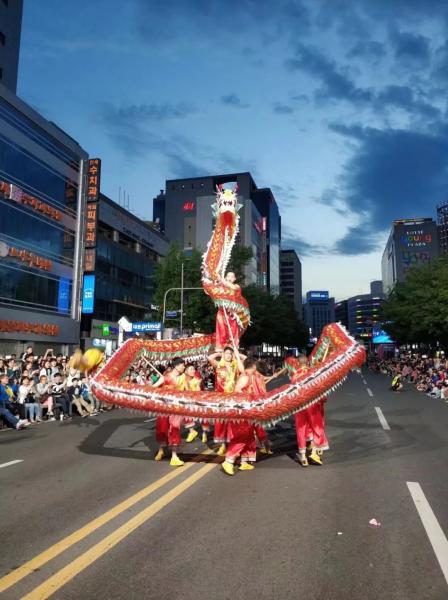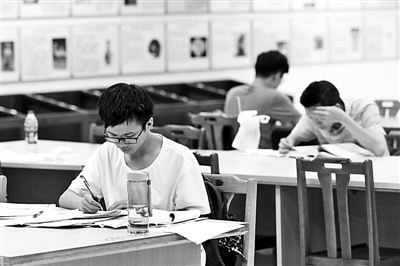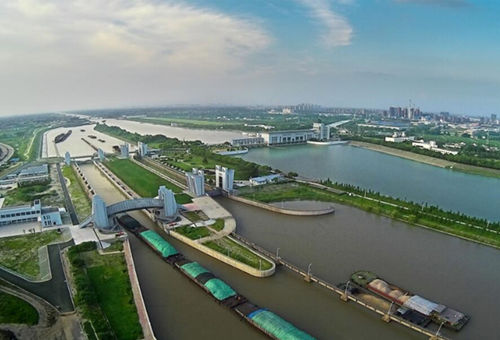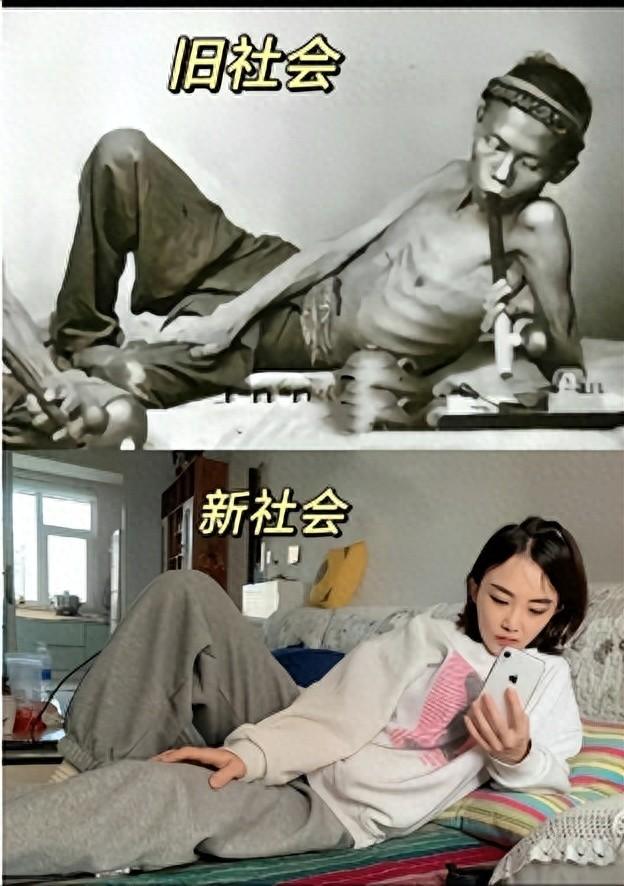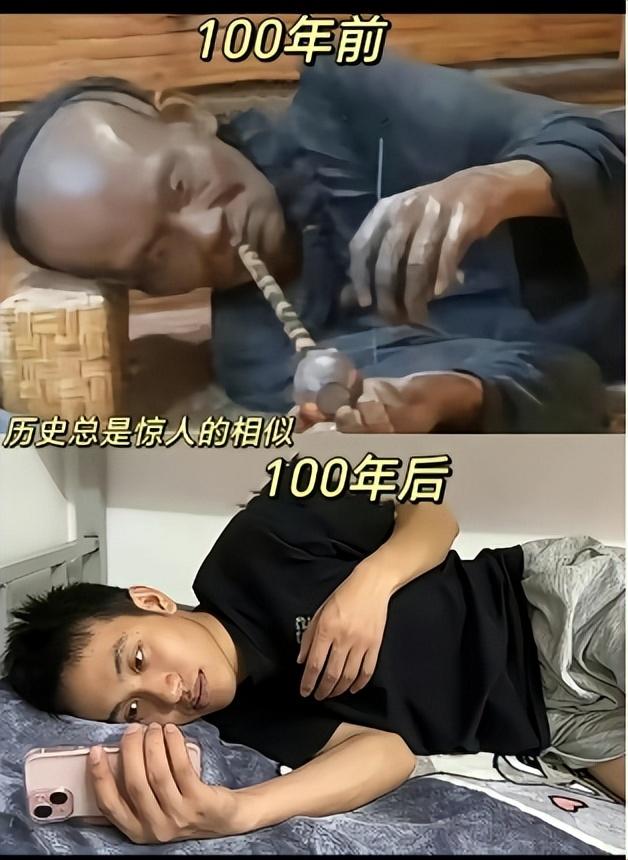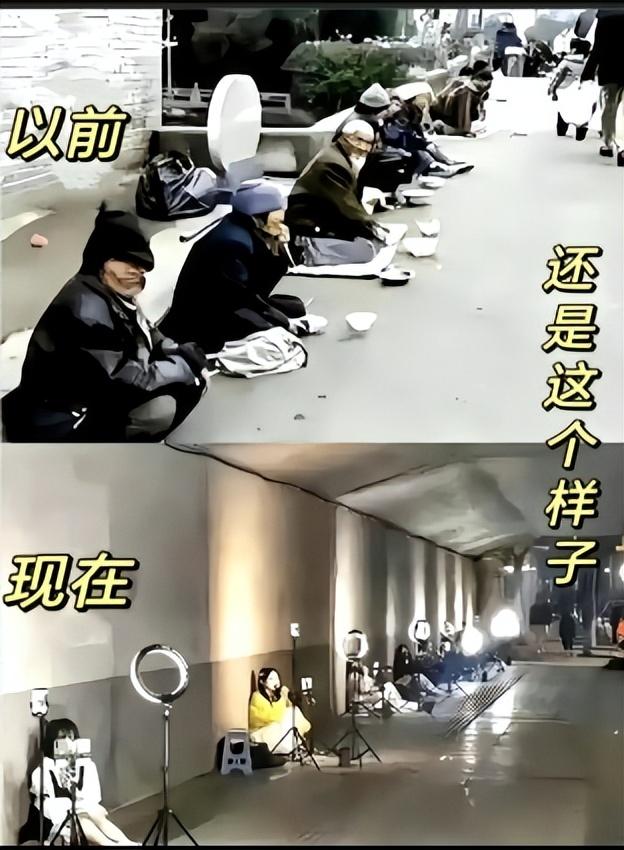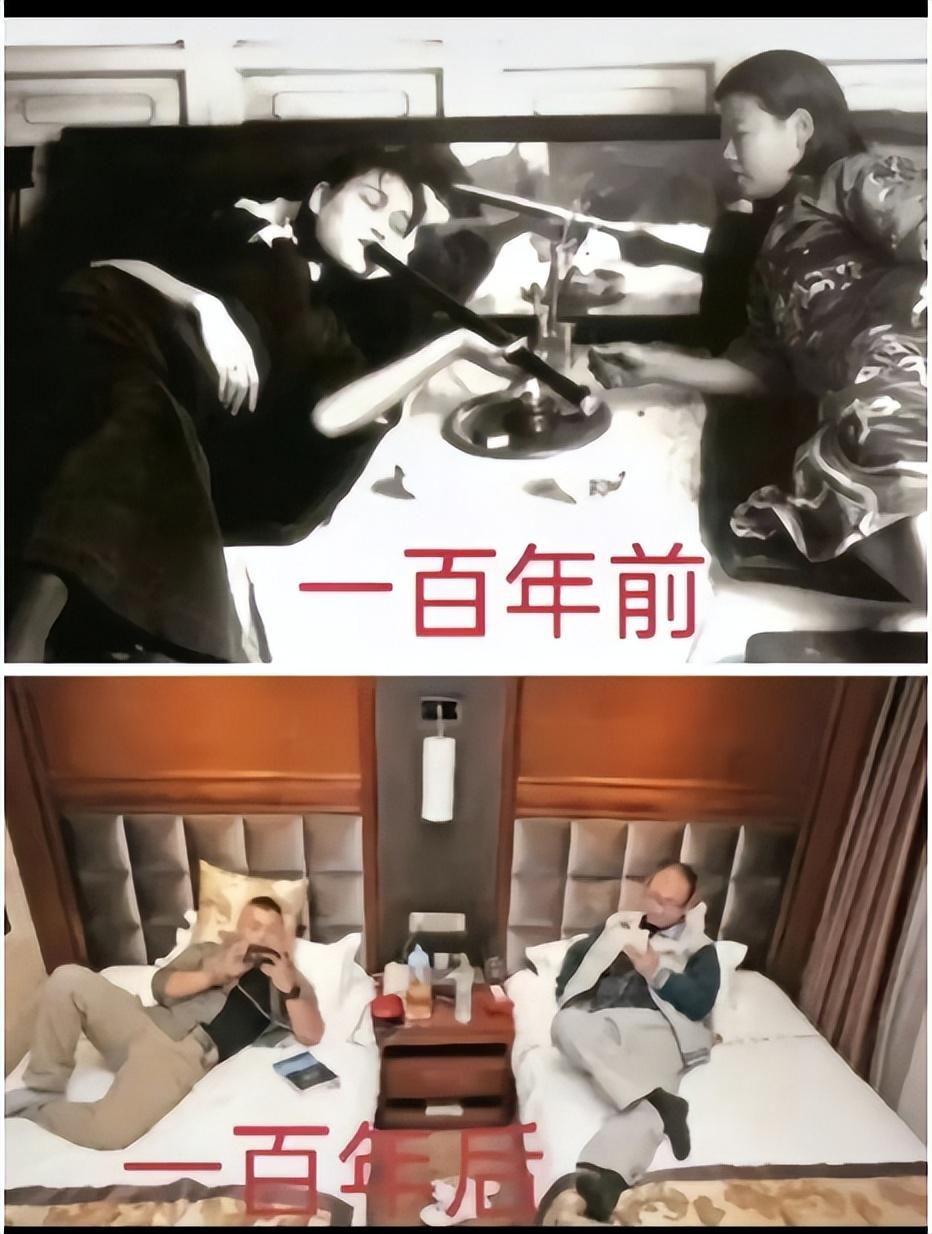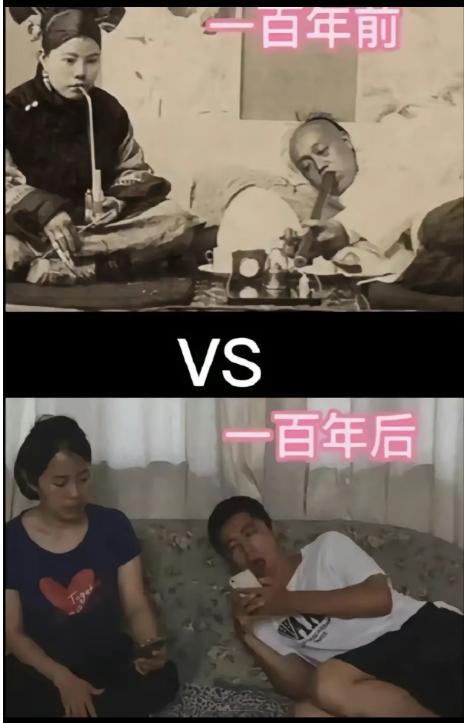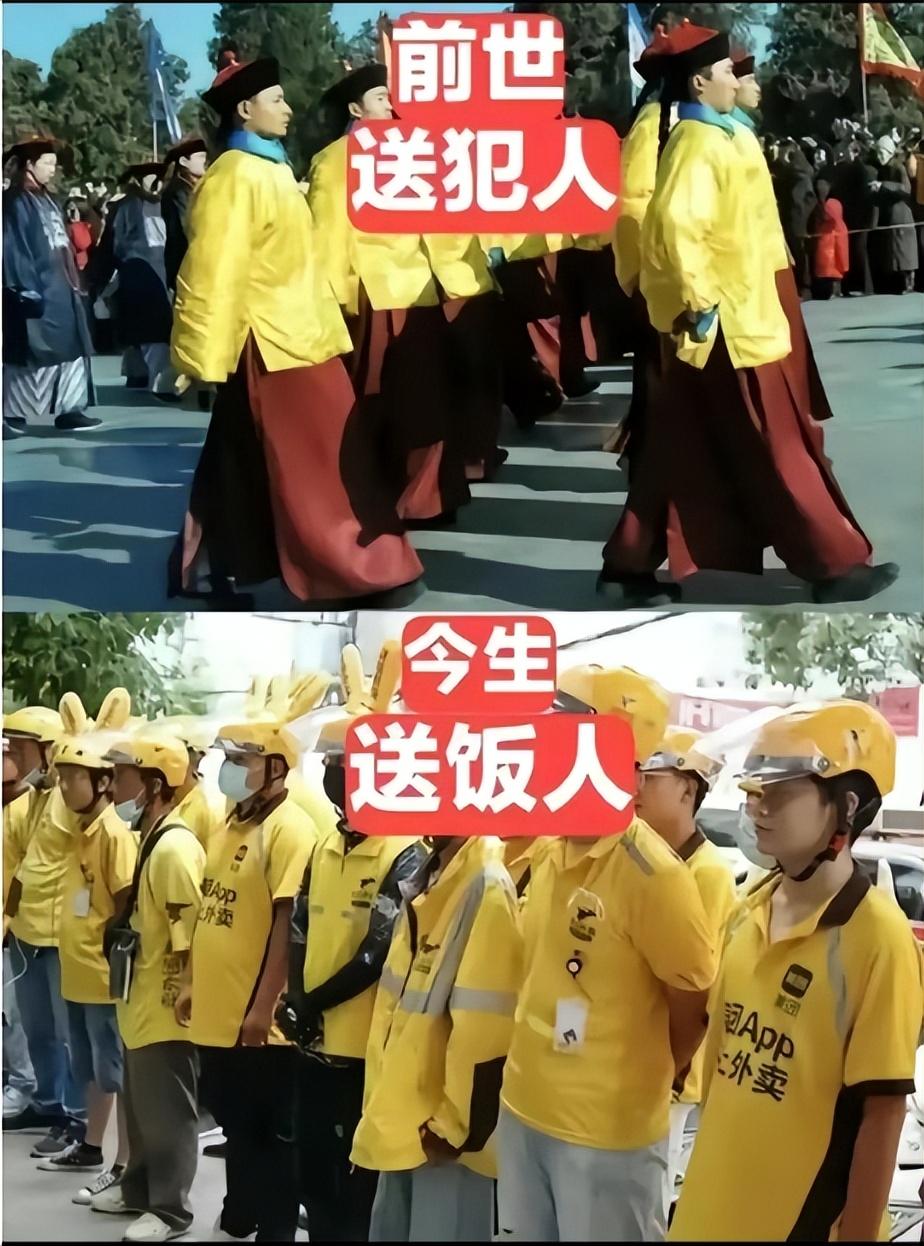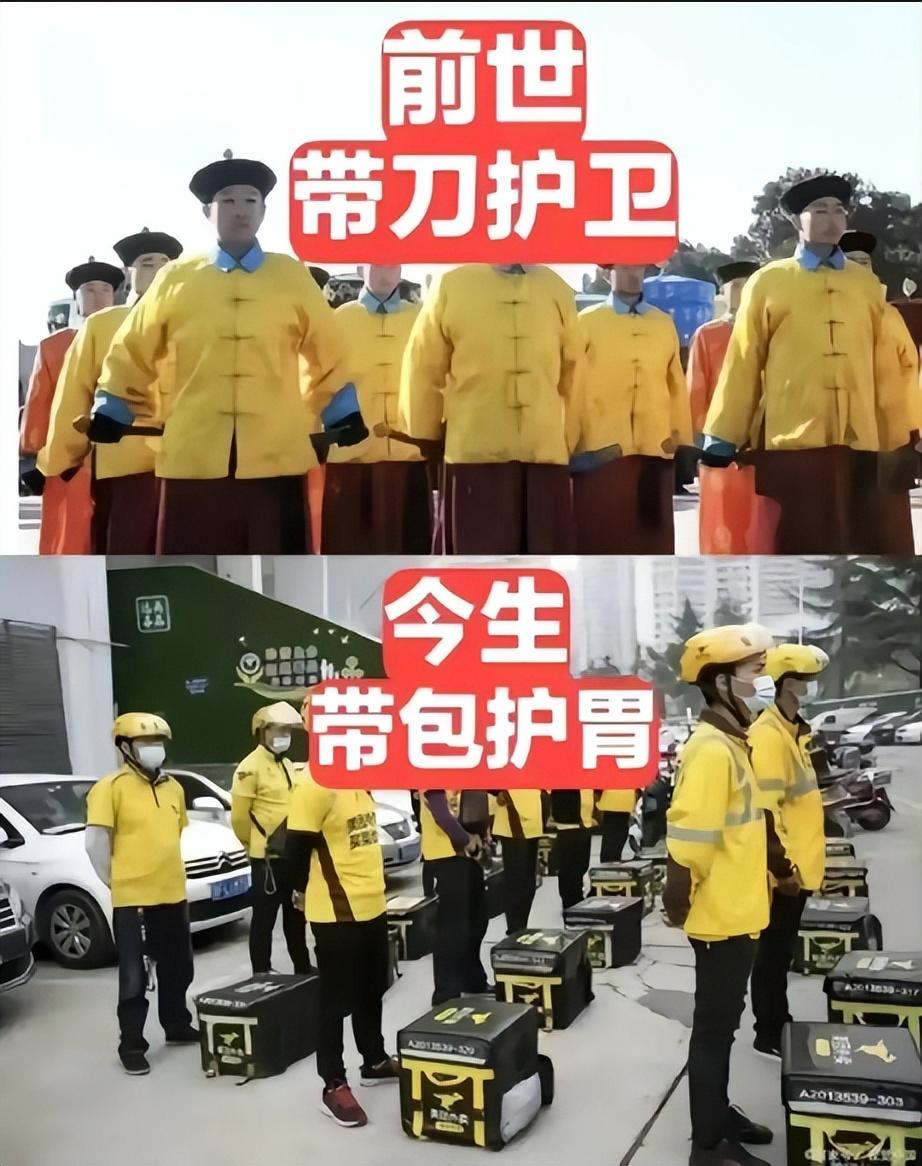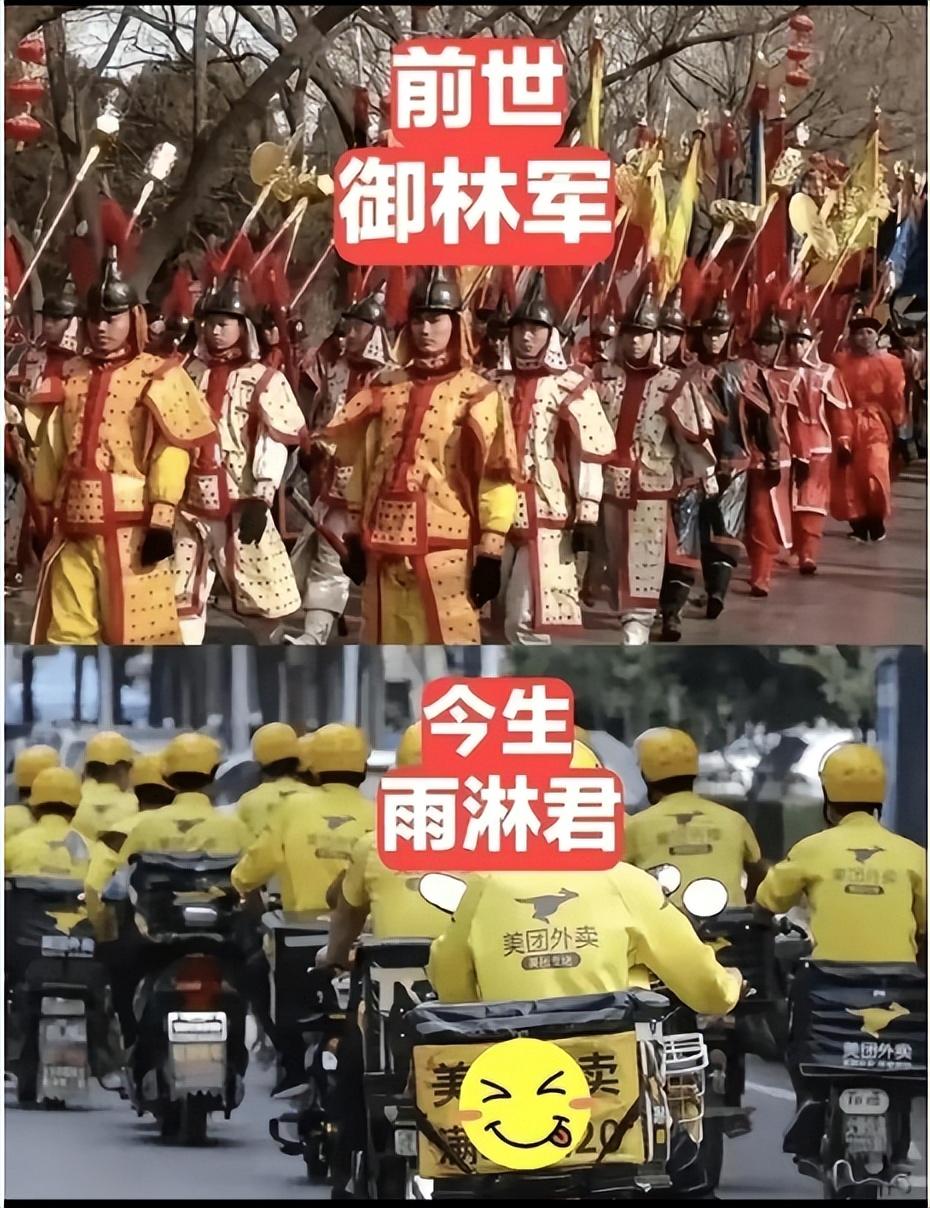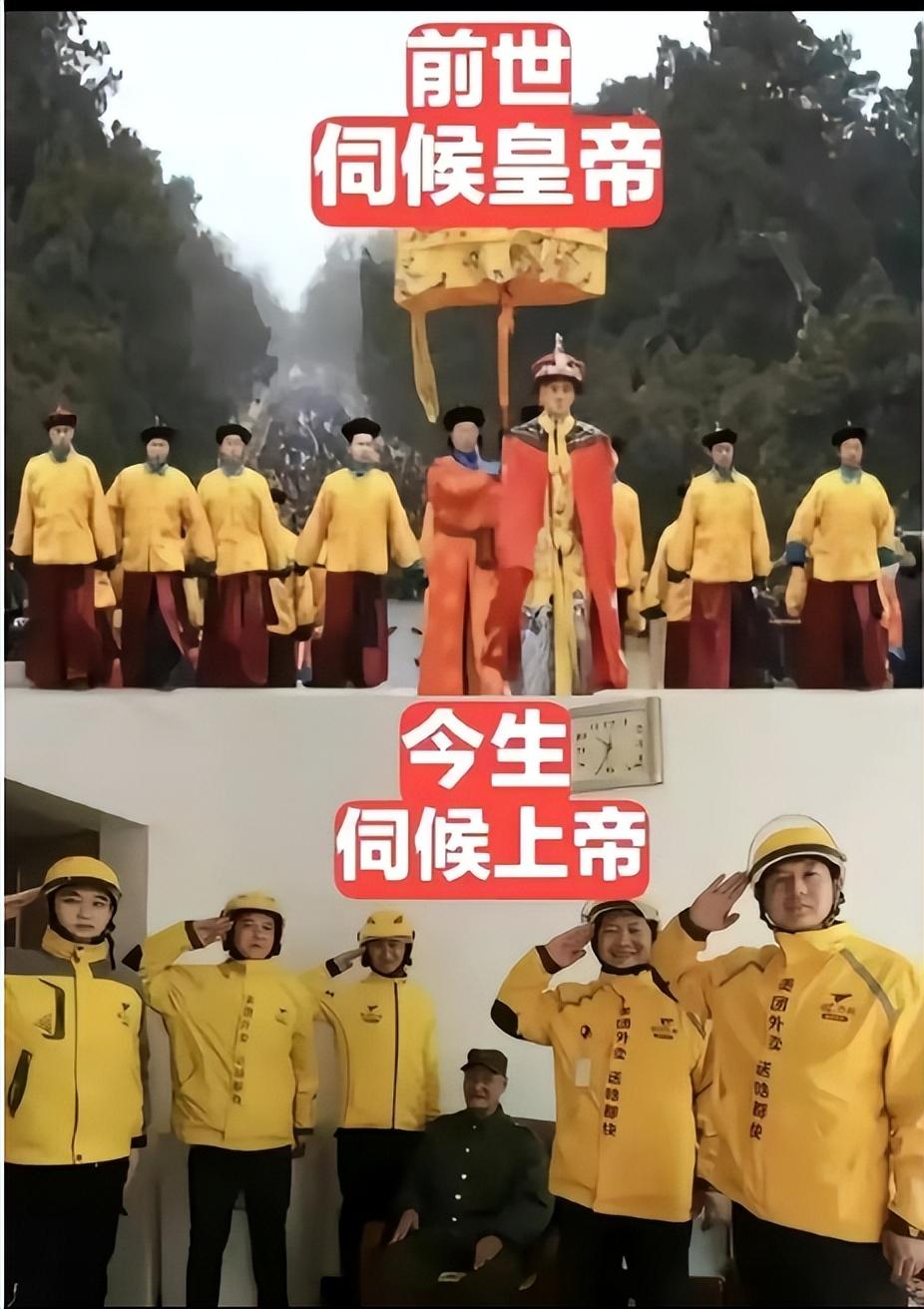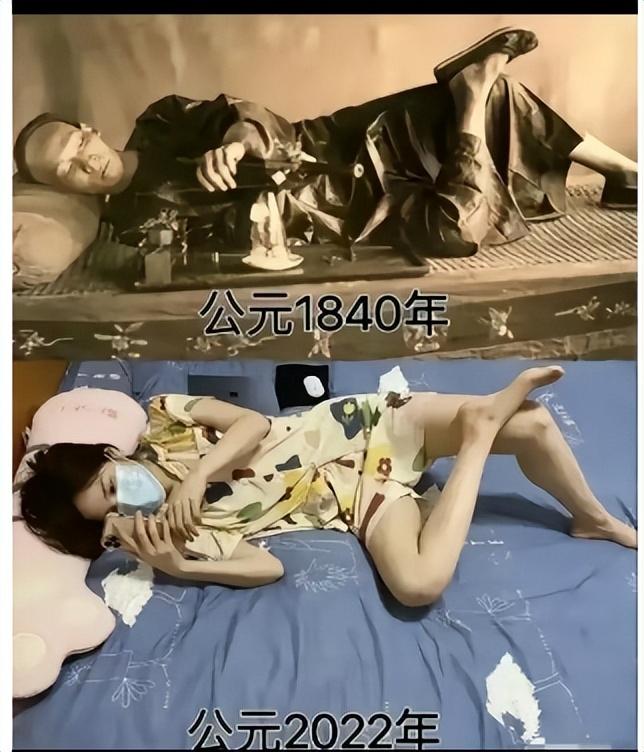The Dongguan taxi fare adjustment will hold a hearing in early June
The fuel surcharge plans to cancel the starting price, the onward price, and the waiting fee may increase
On May 6, the Dongguan Municipal Development and Reform Bureau held a media briefing to reveal that Dongguan will hold a hearing on improving the taxi fare structure in early June. 22 hearing participants are now solicited from the community, and two sets of hearing plans have been announced simultaneously.
According to the plan, the taxi fuel surcharge in Dongguan is to be cancelled, and the starting price, onward freight, and waiting fee are expected to be raised to varying degrees
According to the Municipal Development and Reform Bureau, Dongguan taxis are mainly operated by economic contracting. After the taxi company obtains the right to operate, it provides vehicles and related management services to the contractor and collects the contract fee. The driver (contractor) operates the taxi, collects the freight, pays the contract fee and bears the fuel cost, vehicle insurance, maintenance fee and other expenses during the operation.
At present, there are 32 taxi enterprises in the city, which are divided into three types. The first type of car (formerly "blue") obtains the right to operate by bidding, and can be operated across districts. There are three major group companies: Xiangyun, Guantong, and Huayue. The second type of car (the new "blue") is uniformly allocated by the government and can be operated across districts. The third type of car ("yellow") is uniformly allocated by the government, and the operation area is restricted. In order to cooperate with the "treatment" work, the second and third types of cars have been put into use one after another since October 2007. They are all public taxis ("public"). There are currently 29 enterprises.
The city’s taxi capacity is 7,699, all of which are CNG/gasoline dual-fuel vehicles, including 4,369 first-class vehicles and 880 second-class vehicles; 2,450 third-class vehicles, with a total of about 15,000 taxi drivers.
Freight Adjustment Plan ?
According to the "Dongguan City Improves Taxi Freight Structure Plan" announced this time, the first hearing plan proposes to unify the city’s various taxi freight rates, and adjust the starting price, onward freight, and waiting fee accordingly.
Option 1
Adjust the starting price
From the original "blue" 7 yuan/2 kilometers (1 yuan fuel additional per train), the "yellow" 6 yuan/2 kilometers will be adjusted to 8 yuan/2 kilometers uniformly, and the fuel surcharge will be cancelled.
Adjust the onward freight
After exceeding the starting mileage (2 kilometers), the original "blue" 2.4 yuan/kilometer and 2.6 yuan/kilometer, and the "yellow" 2.4 yuan/kilometer are uniformly adjusted to 2.80 yuan/kilometer (1 yuan per 357 meters jump meter).
Adjust the waiting fee
The waiting fee has been adjusted from the original 1 yuan/3 minutes (20 yuan/hour) to 0.5 yuan/minute (30 yuan/hour).
The second hearing plan proposed that the "blue" and "yellow" be priced separately, and the starting price, onward freight, and waiting fee should be adjusted accordingly.
Option 2
Adjust the starting price and mileage
The starting price of the "blue" has been adjusted from the original 7 yuan/2 kilometers (1 yuan fuel surcharge per train) to 9 yuan/2.3 kilometers, and the fuel surcharge has been cancelled: the starting price of the "yellow" has been adjusted from the original 6 yuan/2 kilometers to 8 yuan/2.3 kilometers.
Adjust the onward freight
After exceeding the starting mileage (2.3 kilometers), the "blue" is adjusted from the original 2.4 yuan/kilometer and 2.6 yuan/kilometer to 2.70 yuan/kilometer (1 yuan per 370 meters skipping meter): the "yellow" is adjusted from the original 2.40 yuan/kilometer to 2.65 yuan/kilometer (1 yuan per 377 meters skipping meter).
Adjust the waiting fee
The "blue" waiting fee has been adjusted from the original 1 yuan/3 minutes (20 yuan/hour) to 0.50 yuan/minute (30 yuan/hour): the "yellow" has been adjusted to 0.45 yuan/minute (27 yuan/hour).
■ Settlement
The average cost of a single ride increases by more than 10%
What impact will adjusting taxi fares have on relevant parties?
A relevant person in charge of the Municipal Development and Reform Bureau analyzed that according to the operation data calculated by the survey, the average freight rate of the first hearing plan was 3.66 yuan/kilometer, which was 12.61% higher for the "blue" and 22.82% higher for the "yellow". The average freight rate of the second hearing plan was 3.56 yuan/kilometer for the "blue" and 3.31 yuan/kilometer for the "yellow". Compared with the original freight rate, the "blue" was increased by 9.54% and the "yellow" was increased by 11.07%. The freight level of the plan was basically the same as that of the surrounding cities.
For taxi passengers, the fare levels of the two schemes have increased to varying degrees, which will increase passenger freight expenses, but the mileage will have different effects.
Among them, according to the "blue" average distance (5.93 kilometers), the hearing plan compares the original freight price, the "blue" passenger increases by 1.6 yuan/train during the day, an increase of 9.1%, and the night increases by 2.12 yuan/train, an increase of 10.13%: the "yellow" passenger increases by 3.6 yuan/train during the day, an increase of 23.08%, and the night increases by 4.32 yuan/train, an increase of 23.08%.
Hearing plan 2 Compared with the original freight rate, the "blue" passengers increased by 2.12 yuan/train during the day, an increase of 10.13%, and the night increased by 2.60 yuan/train, an increase of 12.43%: the "yellow" passengers increased by 2.35 yuan/train during the day, an increase of 12.55%, and the night increased by 2.42 yuan/train, an increase of 12.93%.
For taxi operators, the above-mentioned person in charge believes that under the premise of current market operation, the freight adjustment plan will directly increase the income of taxi drivers. However, if the market environment, freight adjustment and other factors affect passenger flow and actual load rate, the income level will increase or decrease accordingly.
■ Explanation
The adjustment of freight rates is due to the continuous increase in various costs
The launch of the taxi fare adjustment is not unrelated to the rising operating cost pressure in recent years.
The Municipal Development and Reform Bureau explained that in recent years, the operating environment and operating costs of the taxi market have changed greatly, and the operating efficiency of the industry has declined, especially the driver’s income has been greatly reduced. The income level is asymmetric with its labor intensity and operating risks, which affects the stable and healthy development of the industry.
At the same time, the overall direct cost of taxi operation has risen, mainly reflected in the following aspects.
First, labor costs are rising year by year. In recent years, due to factors such as raising the minimum wage standard, rising price index, and improving labor and social security, labor costs for enterprises have risen year by year.
The second is the increase in maintenance costs. Vehicle maintenance costs are gradually increasing. After using dual-fuel vehicles, it is necessary to increase costs such as maintenance and testing.
Third, the cost of vehicle insurance and accident compensation has increased greatly. The taxi industry is more risky, and it is necessary to purchase compulsory traffic insurance, third-party liability insurance and other types of insurance. With the increase in compensation for traffic accident casualties, the rate of third-party liability insurance has continued to increase. For risk protection, the amount of insurance purchased by enterprises has also increased. It has increased from the original 300,000 yuan to the current maximum 1.50 million yuan. At present, the annual insurance premium for each car is basically more than 10,000 yuan. Moreover, the insurance policy has been adjusted more this year, and the rate has been adjusted according to the number of accidents, which has greatly increased the cost of vehicle insurance. In addition, although the amount of insurance purchased has increased, the amount of compensation for major traffic accidents is far from enough, and enterprises need to compensate.
Fourth, fuel costs have changed a lot. When the current freight rate was implemented in early 2002, the price of No. 90 gasoline was only 2.30 yuan/liter, but it has now reached 5.58 yuan/liter (No. 92 gasoline), which has risen sharply compared to the time when the freight rate was formulated. Since 2008, Dongguan’s taxis have successively implemented "oil to gas". At present, most of the "blue" use natural gas, and about 40% of the "yellow" use natural gas. When the price of refined oil is high, the cost of using natural gas fuel can be saved by up to 40%. However, compared with the price when the freight rate was formulated and launched into the market, there has also been a significant increase.
First, compressed natural gas (CNG) for vehicles has risen from 4.2 yuan/cubic meter in 2009 to about 6.20 yuan/kg (about 4.56 yuan/cubic meter) at present. Secondly, in terms of calorific value and specific gravity, the current price of compressed natural gas for vehicles is about 5.27 yuan/liter of No. 92 gasoline, and the price advantage of using natural gas is not obvious. In the long run, energy prices are also on the rise. On the other hand, the business environment has changed a lot. The decrease in the floating population, the impact of "special car" and "network car rental", and illegal operations have reduced the actual load rate of taxis and greatly reduced driver income.
Freight management does not adapt to the development status quo
The current taxi freight management does not adapt to the development status quo, which is another major reason for initiating freight adjustment.
According to the Municipal Development and Reform Bureau, the current "first-class vehicle" and "second and third-class vehicle" freight rates have been implemented for more than 14 years and 8 years respectively. During this period, the city’s social and economic development, industry management policies, public transportation development, mass travel methods and needs have all undergone great changes. The current freight rates can no longer reasonably reflect the development status of the taxi industry. In particular, the starting price, onward freight, and waiting fee in the freight structure have appeared some unreasonable situations, which need to be further adjusted and improved. " For example, the starting price of the’yellow ‘is low, and there is a phenomenon of refusing to carry and not charging meters for short-distance passengers; the starting price of the’blue’ and the’yellow ‘is 2 yuan apart, which is unreasonable, resulting in an unfair operating environment; the waiting fee standard is not suitable for the urban congestion situation, and drivers are unwilling to enter the busy road section in the central area of the town during the peak period, which indirectly causes the phenomenon of difficult taxis and road trips in the urban area during the peak period. In addition, the fuel surcharge is a temporary measure, and it is necessary to adjust the freight price in the long run to ease the impact of rising fuel costs on the taxi industry. "
The Municipal Development and Reform Bureau revealed that from the perspective of the previous cost supervision and review, the monthly net income of Dongguan taxi drivers (two people) has dropped to between 5,163.71 yuan and 7,510.8 yuan. It is expected that after the adjustment according to the hearing plan, the monthly net income of taxi drivers (two people) is expected to increase to between 6,780.71 yuan and 10,116.8 yuan.
■ Zhiduo D
There are two ways to apply for 22 hearing personnel
In early June, the Municipal Development and Reform Bureau will organize a hearing on the improvement of the taxi fare structure in Dongguan City, and is now soliciting 22 participants, including: 9 consumers (including 1 low-income target); 2 taxi companies; 1 other passenger transport company; 3 taxi drivers; 1 municipal People’s Congress representative and 1 CPPCC member each, 1 relevant personnel from the Municipal Transportation Bureau, Municipal Consumer Committee, and Municipal Taxi Industry Association, and 2 experts and scholars.
The Municipal Development and Reform Bureau said that participants in the consumer hearing will register voluntarily, and when the number of applicants exceeds 9, they will be selected randomly; when the number of applicants is less than 9, they will be recommended by the bureau through consumer organizations or relevant departments.
Taxi drivers open voluntary registration, when the number of applicants exceeds 3, it is randomly selected; when the number of applicants is less than 3, it is recommended by industry organizations or relevant departments.
Taxi companies and other passenger transport companies will also open up voluntary registration, and when the number of applicants exceeds 2 and 1 respectively, they will be randomly selected; when the number of applicants is less than 2 and 1, they will be recommended by industry organizations or relevant departments.
NPC deputies, CPPCC members, Municipal Transportation Bureau, Consumer Committee, experts and scholars, industry associations, and other hearing attendees shall be hired by the Municipal Development and Reform Bureau.
Anyone who wishes to become a hearing participant, observer, or news media can register for the hearing through the following methods:
(1) Applicants may apply directly to the Price Management Section of the Municipal Development and Reform Bureau.
(2) Log in to the official website of Dongguan Municipal Development and Reform Bureau (URL: http://dgdp.dg.gov.cn/) to download the application form, fill it out and fax it or mail it to the Price Management Section of the Municipal Development and Reform Bureau. Applicants are requested to truthfully provide their name, gender, age, education level, occupation, ID number, residence address, contact information and other personal information as required.
(3) Registration time and place
Registration time: May 6 to May 19 (On-site registration time: 8:30 am – 12:00 am, 2:30 pm – 5:30 pm every weekday)
Address: 6th Floor, Main Building, Administrative Service Center, No. 99 Hongfu Road, Dongguan City (Postal Code: 523888)
Contact: Yuan Huanggan or Zhang Jiawei
Contact number: 22830661 or 22830672
Fax number: 22830690







